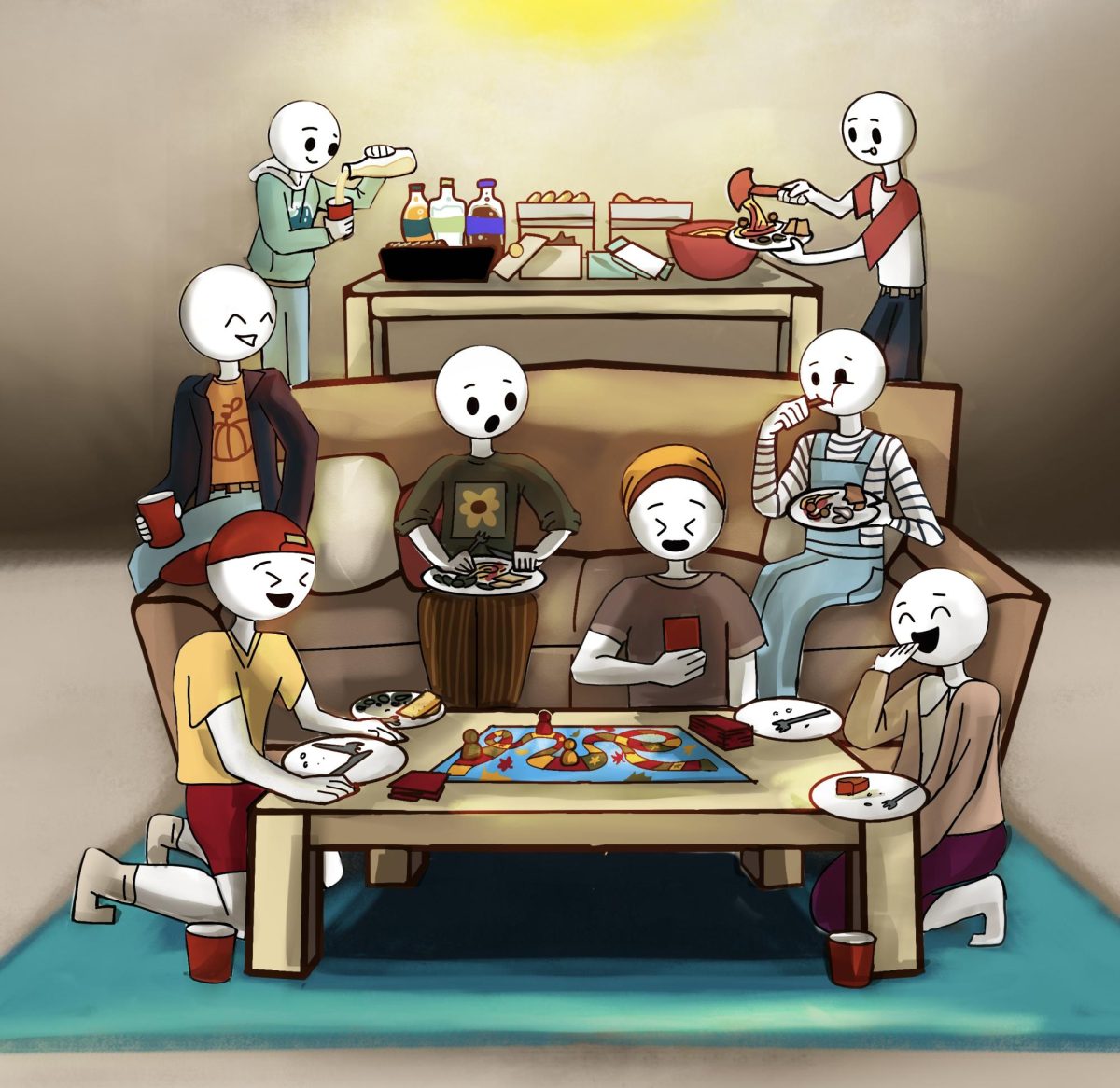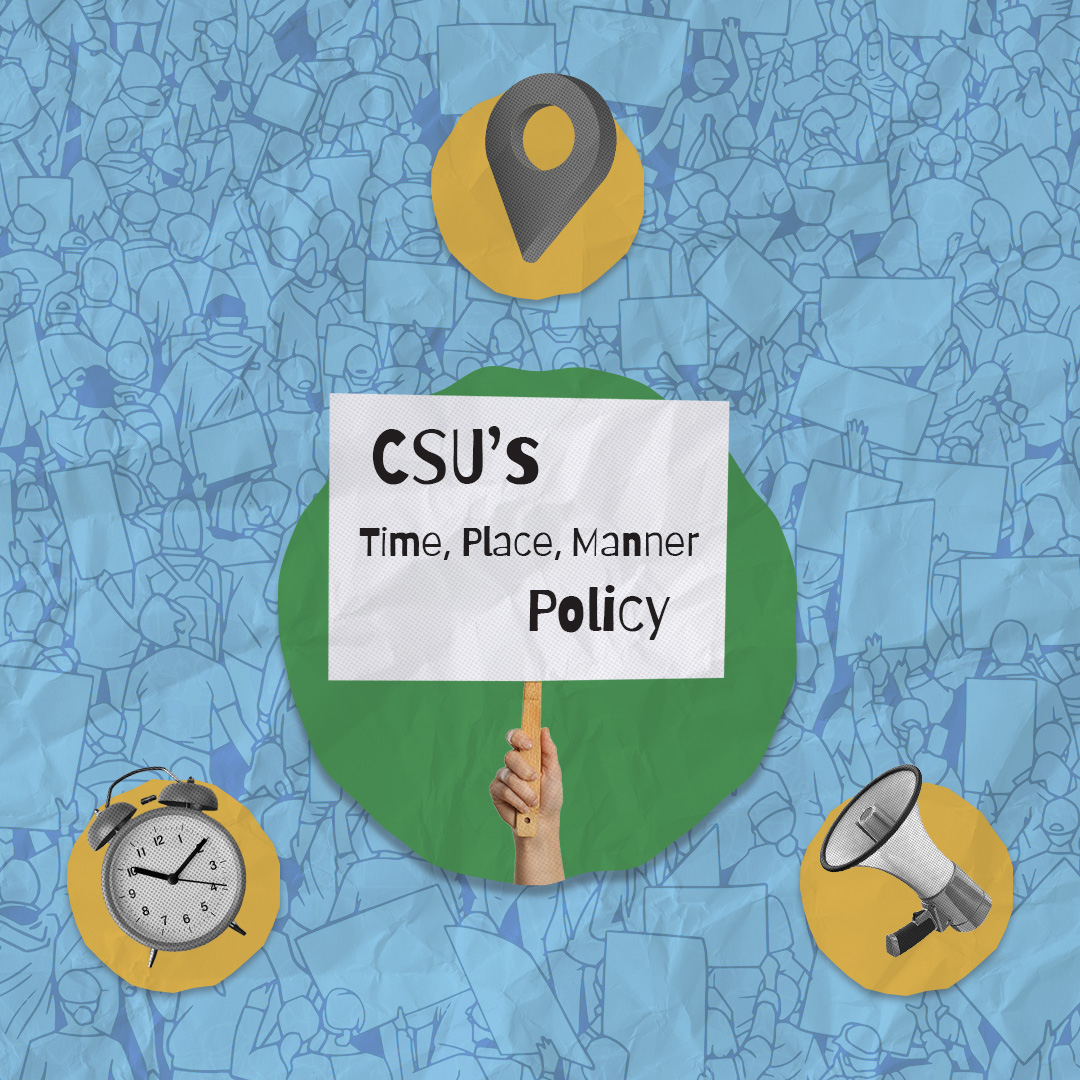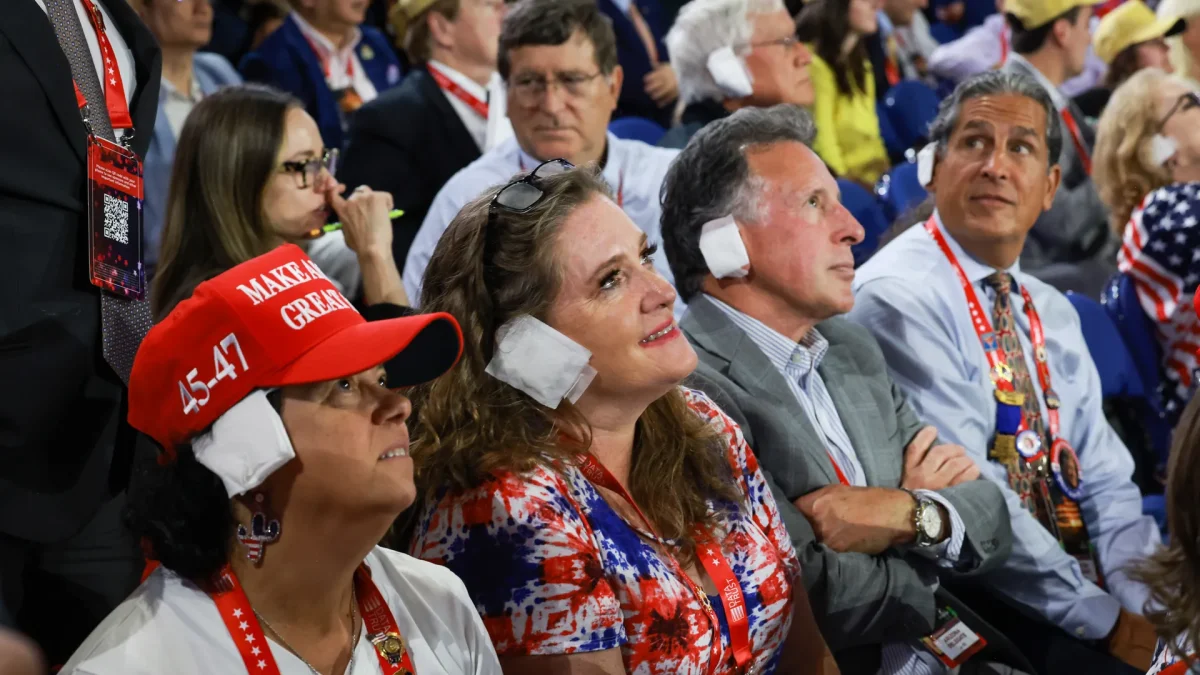
Just before finals week last semester, San Diego State student Michel David was walking her dog outside her apartment complex on 55th Street when she was brutally gunned down by her ex-boyfriend, Daniel Shoemake. After a verbal confrontation and multiple gunshots, Shoemake, a former SDSU student, proceeded to commit suicide with a handgun in his truck. David was a week away from graduating.
In Tucson, Ariz., a deranged gunman killed six people and wounded 13 at a political rally in front of a Safeway store. The victims include 9-year-old Christina-Taylor Green. She was about to meet Congresswoman Gabrielle Giffords when her young life was mercilessly taken from her. Giffords, the assailant’s main target, was shot in the head point blank. She has been hospitalized and is slowly improving from her critical condition.
As reasonable human beings, we can’t even begin to grasp these two unspeakable acts. All we can do is try to learn from these tragedies to prevent more innocent people from dying this way in the future.
Unfortunately, this is rarely what we do. Instead, confusion gives way to anger and grief to finger-pointing. Blaming either side of the political spectrum for this tragedy is unnecessarily inflammatory when considering shooter Jared Lee Loughner seemed to lack any clear political perspective.
President Barack Obama tried to gleam a worthy message of civility and human fellowship from the rubble of the Tucson tragedy. Hopefully this new politeness miraculously reigns in politics for at least a few weeks. But this is a lesson countless tragedies have failed to make permanent.
We can never fully understand the why because the motivation to murder in cold blood is too wholly foreign to our hearts and minds. What we can learn from all of this is the how: How two individuals with such murderous intents were able to get their hands on tools whose sole purpose was to kill and destroy.
David’s murderer, Shoemake, used an assault rifle to kill the unarmed 22-year-old. The weapon’s name alone invokes images of armed forces attacking heavily armed fortifications in intense warfare. Why a 21-year-old needed this type of weapon in San Diego is hard to fathom. Loughner, on the other hand, used a semi-automatic Glock 19 pistol. This is a relatively easy-to-conceal handgun favored by much of law enforcement. It was also available, along with an extended clip like the one Lougher allegedly used, at the Tucson gun show a week after the shooting.
Gun laws in California are some of the most restrictive in the nation. That being said, it is still ridiculously easy for almost anyone to buy a gun. A person 18 and older can purchase a shotgun or rifle provided they also possess a driver’s license. For handguns you must be at least 21 and pass a safety demonstration. It is illegal to carry a concealed handgun, but how often can authorities feasibly intervene when people break this law? If someone’s goal is to commit a crime or go on a shooting spree it’s hard to see how that rule would deter them at all.
The key question is: Do guns make us safer, or simply provide the illusion of safety? Of the 2,503 homicides in California in 2005, almost 75 percent were committed with a gun. Approximately 1,100 fatal firearm accidents occur every year in the U.S., along with 18,000 suicides with firearms. In a state where 31 percent of the population owns a firearm, Loughner was stopped by unarmed bystanders.
Guns do not protect us. Their availability allows criminals, murderers and psychopaths such as Loughner and Shoemake to carry out their deranged plans. The response to increased gun violence has often been more guns, as booming sales at the Tucson gun show have proven. Guns beget more guns. As individuals arm themselves against their neighbors, we enter into an arms race that ultimately makes us less safe.
What we need is stricter gun control. Handguns and assault rifles in particular should have no place in our homes. Fortunately, some attempts at sensible gun control are being made. A new law in Sacramento requires purchasers of handgun ammunition to register with an ID and thumbprint. From January 2008 through June 2009 this new database found that 151 ex-felons purchased handgun ammunition, a number that included 15 gang members, four sex offenders and two convicted murderers. It’s hard to imagine that a legal system in which sex offenders and murderers can freely purchase ammunition is somehow making us safer.
A similar state-wide law was passed recently but it is being challenged in court ahead of its Feb. 1 enforcement date. The challengers, second amendment advocates fearful of losing their rights, show why gun control is such an emotionally charged issue. The right to bear arms is an important part of the constitution to help protect early American citizens from a tyrannical government or foreign invasion. We cannot extrapolate that into a modern day need for widespread handguns and assault rifles. It doesn’t make us more secure as a nation or as individuals. It makes us less trusting and safe. It stands in the way of complete human fellowship and can not only enable, but incite, acts of unspeakable violence.
— Leonoardo Castaneda is a business administration freshman.
— The views expressed in this column do not necessarily reflect the opinion of The Daily Aztec.






